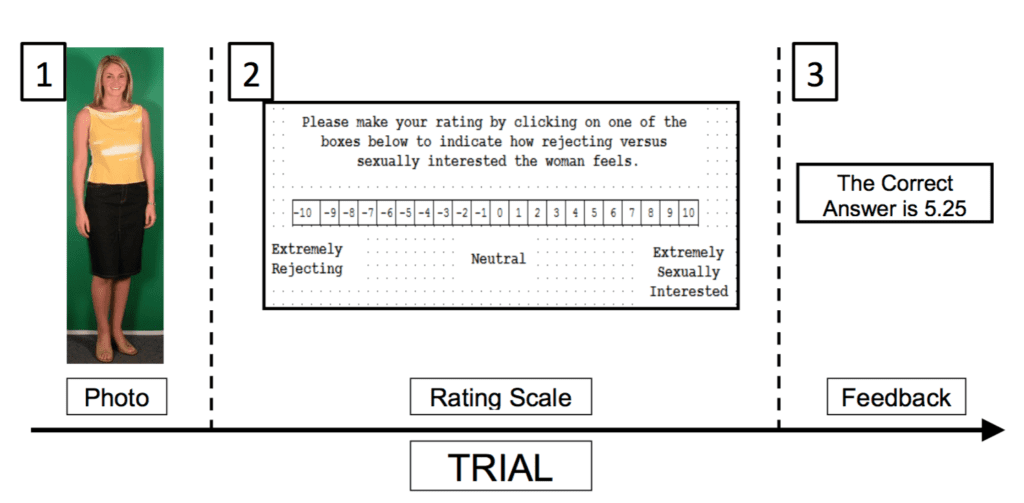
For many men, judging whether a woman is flirting or just being polite can be difficult. Some might miss out on romances because they couldn’t take a cue, others might make a fool of themselves. That’s how life is — but it becomes a serious problem when this poor judgement call leads to sexual harassment and even rape.
“You know I’m automatically attracted to beautiful — I just start kissing them. It’s like a magnet. Just kiss. I don’t even wait,” Donald Trump in 2005.
Studies have attempted to explain this sort of behaviour. High levels of testosterone, alcohol and an overestimation of a woman’s sexual interest play a key role. One new study suggests this poor judgement stems, in part, from disproportionately assessing a woman’s level of attractiveness instead of following her emotions. Men who have a history of sexual aggression were the most likely to behave this way, the study also found.
Some women with a long history of dealing with overzealous men might be already rolling their eyes, but there’s some good news. Even though previous research suggests that information-based programs don’t help sexually aggressive men mend their ways, the new study found evidence to the contrary. Yes, sexual bullies can be helped if they’re taught to read women better.
Now, that looks like a ten!
Teresa Treat, a clinical psychologist at the University of Iowa, recruited 183 heterosexual or bisexual male students, then asked them to ‘study’ hundreds of full-length photos of female students and gauge their level of sexual interest.

The female students were actually professional actresses who are asked to pose different levels of friendliness, sexual interest, sadness, and rejection. The young women involved in the study varied in attractiveness and clothing (i.e. more or less provocative).
The yardstick group was made up of the researchers themselves, which also included nine undergraduate women. Each author rated the women’s levels of sexual interest just like the male students but used two separate systems. First, they rated sexual interest specifically ignoring attractiveness and clothing, and secondly they rated the provocativeness of their clothing while ignoring sexual interest.
A benchmark for sexual attractiveness was made by averaging the ratings offered by a large group of male students separate from the participants. Yes, ZME women, the researchers sort of endorsed giving women marks. This is a study largely made by women, so you’ll be the judge.
At the end of the study, finding suggest that the male participants relied more on the women’s actual emotional display than attractiveness and clothing to gauge interest. That doesn’t mean they didn’t take attractiveness and clothing into account, though. For instance, the most attractive women, as well as those dressed sexy, were assumed to show more sexual interest, although their emotions didn’t necessarily reflect this.
Those men who self-reported a history of sexual aggression based their judgement to a greater degree on attractiveness when compared to the low-risk men.
After the first round of tests was done, however, these alpha males were shown the light. The researchers gave them crucial feedback instructing them what the ‘correct’ answer ought to be for a series of photos they judged earlier.
The men who received feedback became better at using women’s emotions more, and their dress and attractiveness less, when gauging sexual interest. The results were confirmed by a new task in which the male students were asked to categorize photos of women based on how sexually interested they were. The effect was strongest among low-risk men, but was there in those with a history of sexual aggression as well, albeit to a weaker degree.
Critically, these findings should be taken lightly as there are many limitations to this type of study. The sample size is too small and the benchmark the researchers used might have been inadequate. Working only with testosterone-packed male students who rate women on a daily basis anyway might not be the best focus group either. It remains to be seen if these results can be translated into real-world applications.
“Perhaps the current work can point the way to improved prevention efforts that include both informational and active learning components,” Treat said.






